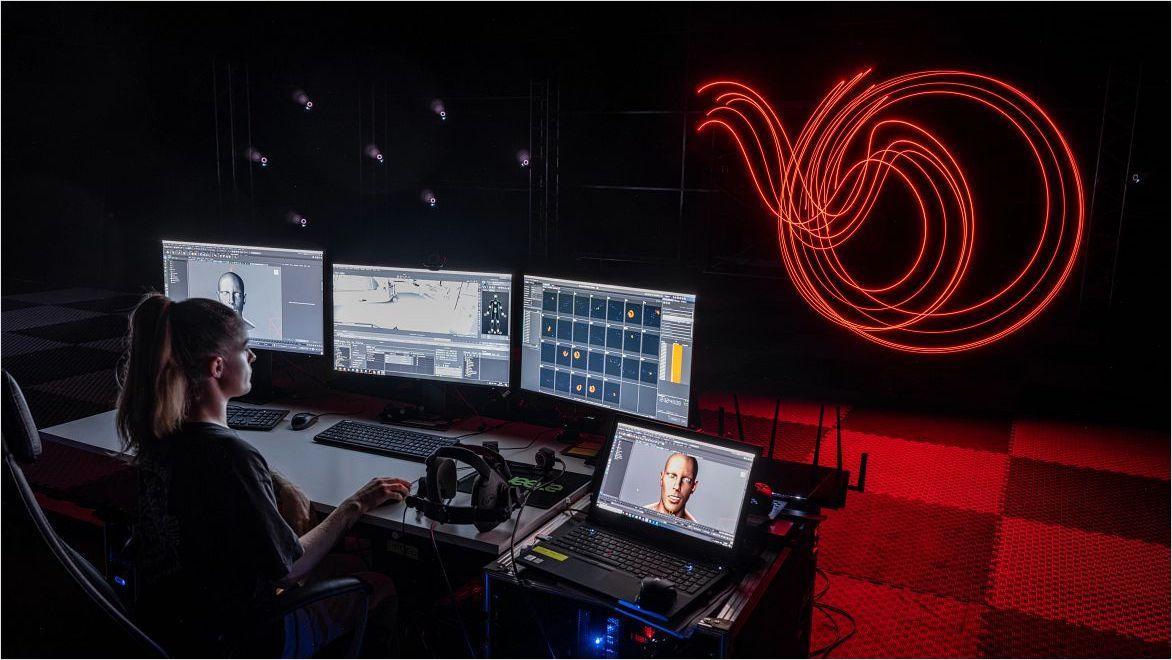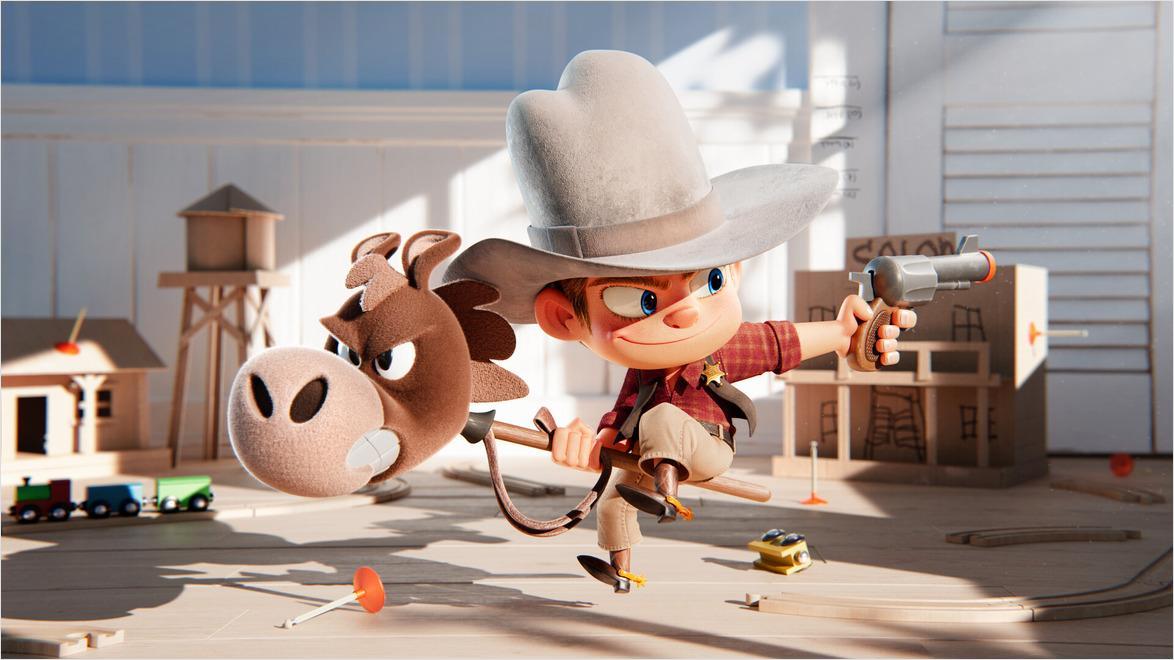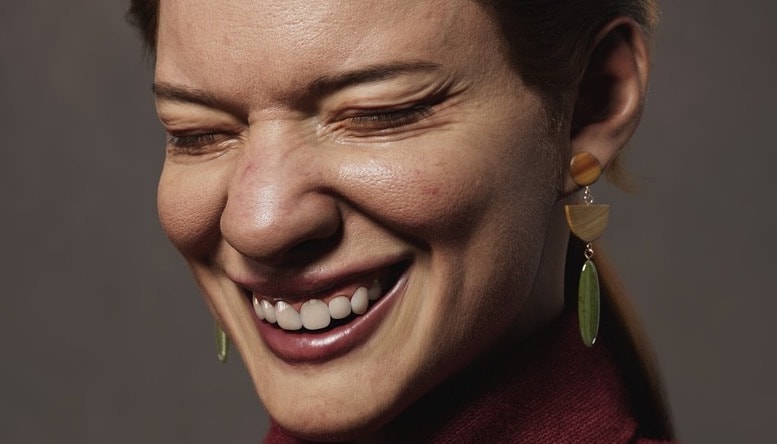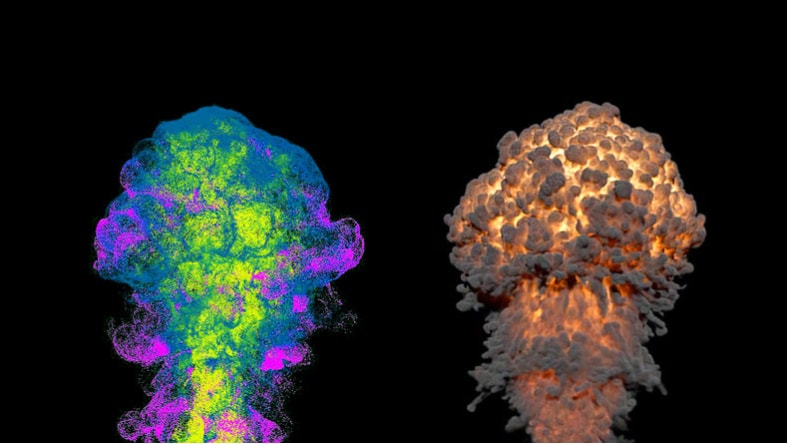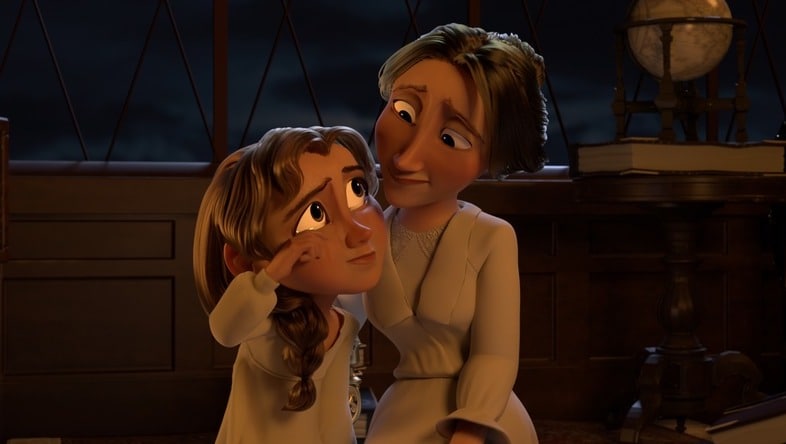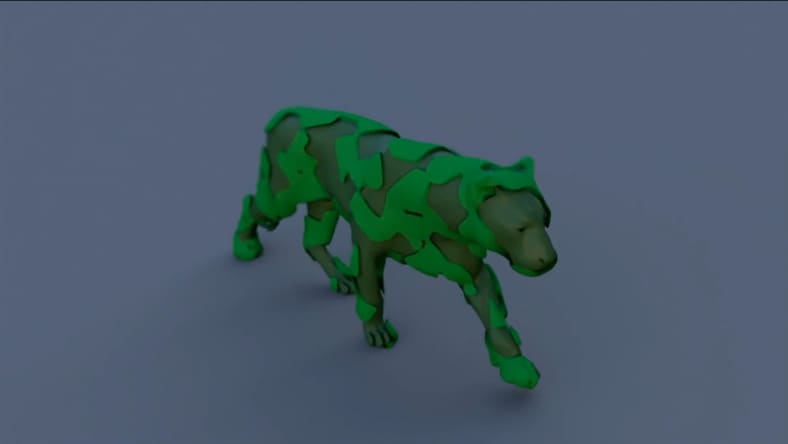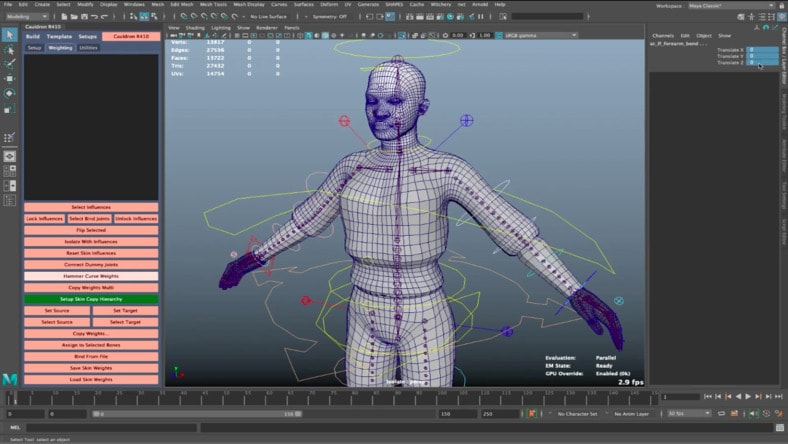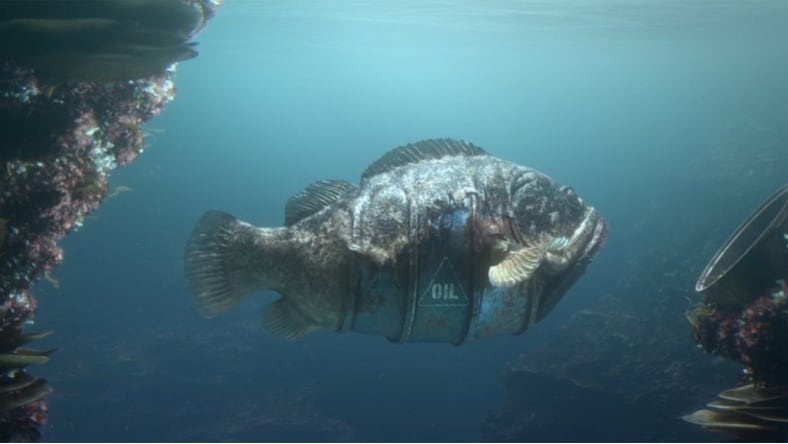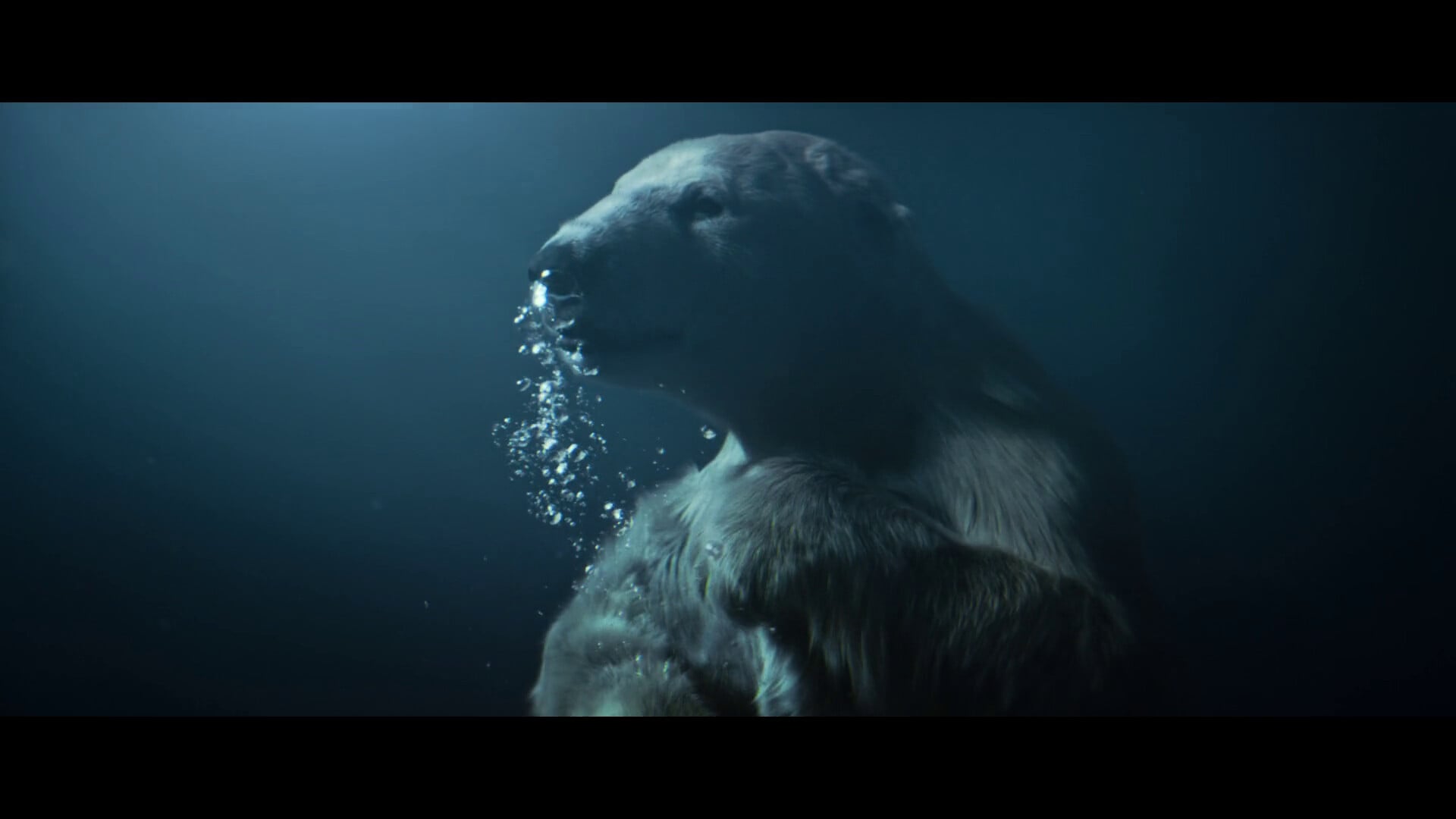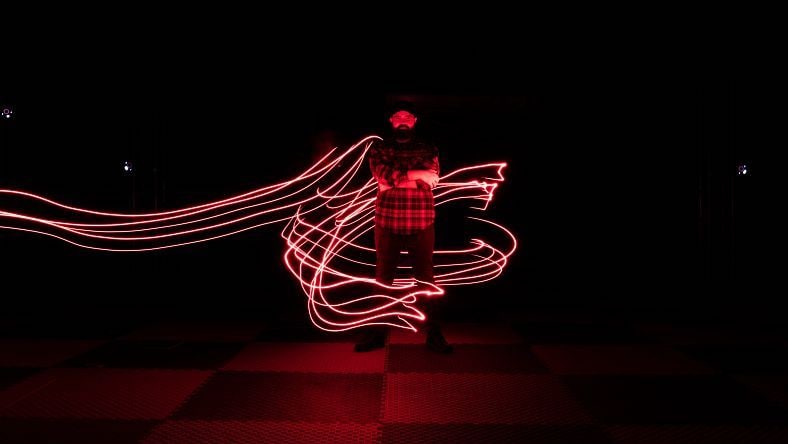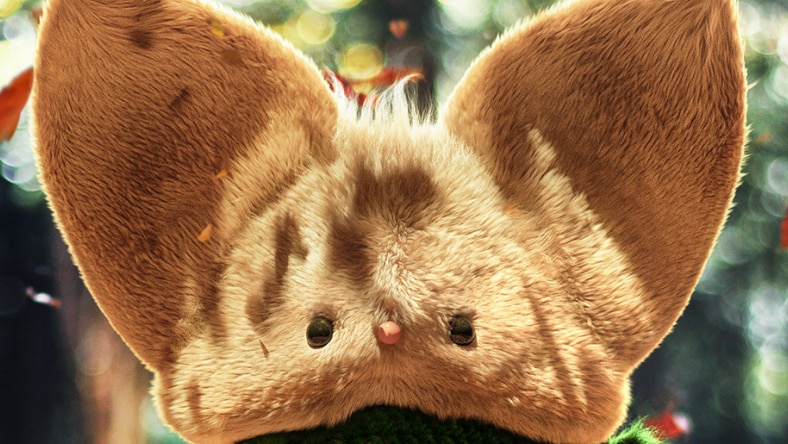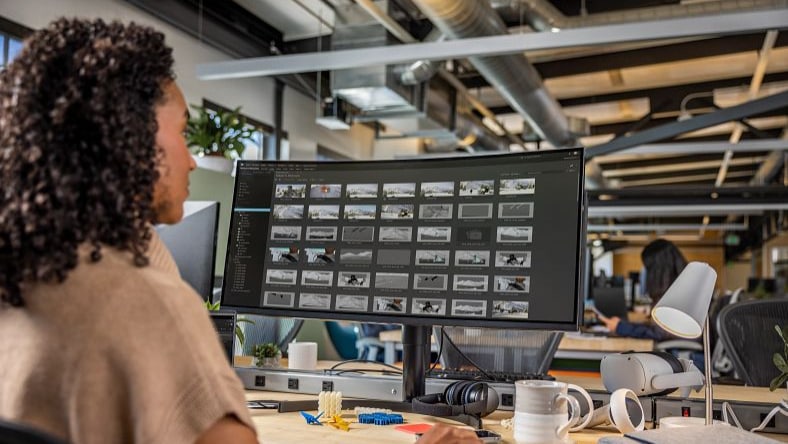& Construction

Integrated BIM tools, including Revit, AutoCAD, and Civil 3D
& Manufacturing

Professional CAD/CAM tools built on Inventor and AutoCAD
An artist motion captures an actor’s movements for 3D animation
3D animation uses computer graphics (CG) to make objects look like they’re moving in three-dimensional space. Artists use 3D modelling software to build these objects. Next comes rigging, or creating a skeleton for the 3D model or character. Animators pose the rig at strategic points, enabling it to move and perform a range of actions and gestures. Newer animation methods involve motion capture, which records an actor’s live movements for digital animation.
3D animation software helps teams collaborate at every stage of the animation process
The 3D animation pipeline comprises several stages. Generally, a project comes together through conceptualisation, script writing and storyboarding. Artists will begin the 3D modelling and texturing phase to create the characters and props of a scene. These assets get passed on to animation, where movement is added to complex character rigs and camera work. Various effects and simulations get added to elements like hair, fur, fire and cloth. The final stage of the 3D animation pipeline involves lighting and rendering the scenes.
For each stage of the pipeline, 3D animation software greatly contributes to an efficient workflow, especially if paired with a creative project management tool to manage animation projects smoothly, no matter how many teams, artists or assets are involved.
A 3D animation by Peter Sandeman entitled There’s a Snake in My Boots shows a boy on a hobby horse
In an influential 1981 book, The Illusion of Life: Disney Animation, two Disney animators codified 12 principles of animation. They covered visual fundamentals, such as “squash and stretch”, and storytelling elements, like timing and anticipation. All 12 principles aim to reinforce the illusion that animated characters are real, living beings so the audience connects to them emotionally.
Using 3D animation software makes it easier to apply the 12 principles. For example, the software’s keyframes, motion paths and curve drawing all help to bolster the seventh principle of arcs, which can serve realism or amusing exaggeration. 3D modelling perfectly suits the 11th principle of solid drawing, in which weight, gravity, light and shadow are all intrinsic to working with 3D animation software.
Learn about the top benefits of 3D animation software from Autodesk.
Whether you’re after a stylised or hyperrealistic look, feature-rich 3D animation software can help you bring animated content to life. From hair, fur and skin to intricate environments, add the finest details to characters and scenes and deliver high-quality work that keeps clients coming back.
With 3D animation, any idea is possible. From modelling expansive environments to creating CG characters with realistic facial expressions and movement, artists can bring the most complex characters and worlds to life.
The best 3D animation software has feature-rich tools that make the most of every aspect of modelling, rigging, keyframe and motion capture animation, texturing, lighting, effects and rendering allowing you to iterate faster, pinpoint where to make changes in real time and avoid breaking creative flow.
Discover the top 3D animation tools and features available with Autodesk software.
Character Animation
Create true-to-life characters and CG assets with artist-friendly modelling tools. Add fine detail to props and scenes with intuitive texturing and shading tools.
Image courtesy of Tiago Mesquita
Camera Animation and cinematography
Keyframe or motion capture animation breathes life into your characters by adding complex body mechanics, gestures and facial expression emotes.
Image courtesy of Enrique Sagasta
Physics and simulation
Powerful tools simulate environmental effects like liquids, gases, fine particles and fire while character physics adds realism to aspects like cloth and hair.
Discover how industry innovators use Autodesk 3D animation software to create their projects.
Period Drama
Two talented students took on the writing, directing and every step of the 3D animation process for this humorous and award-winning short.
Image courtesy of Anushka Tina Nair and Lauryn Anthony
Phil Radford of Strangebox
A solo visual-effects (VFX) artist uses Maya’s Bifrost tool for particle simulations of snow and sand that amaze commercial clients.
Image courtesy of Phil Radford
Mkali’s Mission
Peer inside the complex rigging job for the title character of Mkali’s Mission with rigging artist Charles Wardlaw.
Image courtesy of Charles Wardlaw
Hybrids
Five students adapted their approach to 3D animation, lighting, VFX and compositing to create a fascinating underwater world.
Image courtesy of www.hybrids-shortfilm.com
Explore the phases of the 3D animation pipeline – from character and environment creation to final lighting and rendering.
Create CG assets and characters for animated TV series and feature films.
Image courtesy of Nicolas Morel for SpellWork
Apply physical movement by actors to digital character models.
Manufacturers use 3D modelling software for product design, engineering and concept rendering.
Image courtesy of Jesus FC
Manage animation projects smoothly, no matter how many teams, artists or assets are involved.
Get started in 3D animation with these tutorials, guides, tips and resources.
Get exclusive 3D animation learning content, industry insights and behind-the-scenes access to a world of realistic 3D characters, exceptional effects and expansive worlds.
This expertly curated list shows animators the organisations, events and free resources for boosting their careers—as well as the best schools, courses and educators for learning animation software.
Join Autodesk’s AREA 3D community to read user stories, share your work and learn new skills with breakdowns and tutorials on 3D animation software.
This course takes you from interface to integrated pipeline. From modelling basics, the fundamentals of animation, to diving into Bifrost and everything in between — get up to speed with Maya.
See how more than 350 volunteer artists from 35 countries somehow strung together Mila’s 16 minutes of 3D animation, figuring out the pipeline and remote workflow along the way.
3D animation uses computer graphics to make objects look like they’re moving in three-dimensional space. Artists use 3D modelling software to build these objects. Next comes rigging, the process of creating a skeleton for the 3D model or character. Animators pose the rig at strategic points, enabling it to move and perform a range of actions and gestures. Newer methods of animation involve motion capture, which records an actor’s live movements for digital animation.
The most essential skills for making 3D animation are the comprehensive skills needed for animation software such as Maya or 3ds Max. These skills include creating 3D models, textures, lighting, other visual effects and the animation itself through keyframing and/or motion capture.
Additional artistic and soft skills will also help. Understanding the principles of animation in general – like timing, spacing, anticipation and squash-and-stretch – will apply to 3D animation specifically, as will a knack for drawing, visual composition, colour and design. Attention to detail and soft skills like problem-solving and good team communication are also important.
Creating a 3D animation takes a considerable amount of time, as well as skills and organisation. The specific time it takes for 3D animation depends on the animation’s complexity and required detail, the number and experience level of contributors, the length of the animation, and the specific hardware and software technologies.
A very simple 3D animation may take only a few hours, or it could take several days to create a 30-second clip. Popular feature-length 3D-animated movies almost universally require a large team and multiple years to produce.
Yes, 3D animation can be and quite frequently is used in VR (US site) experiences. 3D animations help build out the immersive and interactive environments of VR. Their ability to represent hyperrealistic surroundings with lifelike textures, physics, lighting and so forth can make VR worlds convincing to the user.
However, 3D animations intended specifically for VR use need to factor in concerns like user interactivity, potential motion sickness and so on. Those concerns contribute to making 3D animations for VR even more complicated to create than 3D animations for traditional screens.
Autodesk offers a complete suite of tools for creating high-quality animated content:
Autodesk software excels at making collaboration on 3D animation projects more efficient. The Media & Entertainment Collection includes all the tools necessary to build a powerful and scalable 3D animation pipeline. Add Flow Production Tracking (formerly ShotGrid) production management software to simplify animation reviews and project management and unify geographically dispersed teams.
Autodesk software drives efficiency in 3D animation workflows. From 3ds Max and Maya for modelling and animation to Arnold for rendering and Flow Production Tracking (formerly ShotGrid) for production management, Autodesk software streamlines the entire process from asset creation through final output. Recent updates to both 3ds Max and Maya have focused on helping animators work more efficiently. For example, cached playback in Maya drastically increases the speed of animation playback by letting you evaluate iterations of animation right in the viewport, rather than producing multiple playblasts. Arnold is the default renderer in both 3ds Max and Maya, allowing you to see high-quality previews of animations and iterate changes fast.
3ds Max and Maya are both used by creative studios around the world for animation (US site), modelling, visual effects and rendering. 3ds Max offers a robust toolset for modelling, intuitive texturing and shading and high-quality rendering; Maya offers powerful tools for character creation, lifelike animation and detailed simulations.
Read more about the differences between 3ds Max and Maya (US site).
